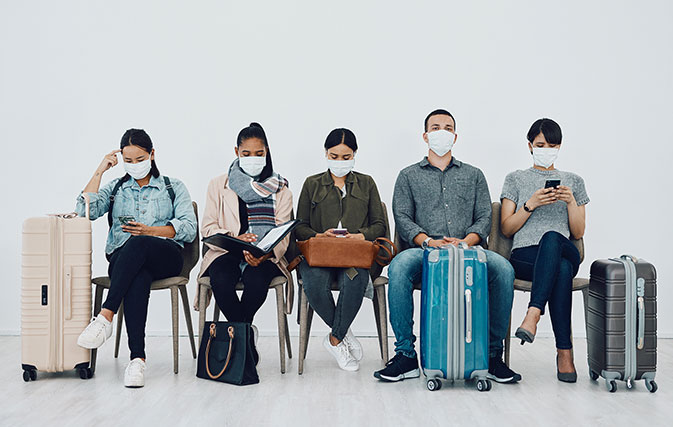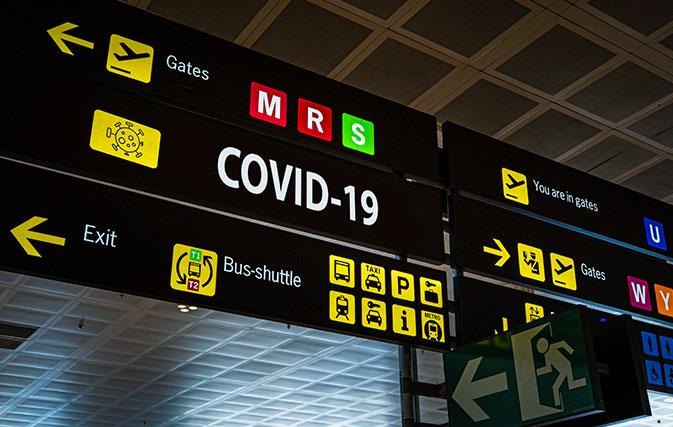MADRID — International arrivals fell by 72% over the first 10 months of 2020, with restrictions on travel, low consumer confidence and a global struggle to contain the COVID-19 virus, all contributing to the worst year on record in the history of tourism.
According to the latest data from the World Tourism Organization (UNWTO), destinations welcomed 900 million fewer international tourists between January and October when compared with the same period of 2019.

This translates into a loss of US$935 billion in export revenues from international tourism, more than 10 times the loss in 2009 under the impact of the global economic crisis.
“Since the start of this crisis, UNWTO has provided governments and businesses with trusted data showing the unprecedented impact of the COVID-19 pandemic on global tourism,” said UNWTO Secretary-General Zurab Pololikashvili.
“Even as the news of a vaccine boosts traveller confidence, there is still a long road to recovery. We thus need to step up our efforts to safely open borders while supporting tourism jobs and businesses. It is ever clearer that tourism is one of the most affected sectors by this unprecedented crisis,” he added.
Based on the current evidence, UNWTO expects international arrivals to decline by 70% to 75% for the whole of 2020. In this case, global tourism will have returned to levels of 30 years ago, back in 1990, with 1 billion fewer arrivals and a loss of some US$1.1 trillion in international tourism receipts. This massive drop in tourism due to the pandemic could result in an economic loss of US$ 2 trillion in world GDP.
LOOKING AHEAD
Data on international tourism expenditure continues to reflect very weak demand for outbound travel, says the UNWTO. However, some large markets such as the U.S. Germany and France have shown some signs of recovery in the recent months. Furthermore, demand for domestic tourism continues to grow in some markets, including both China and Russia.
The announcement of a vaccine and the start of vaccination are expected to gradually increase consumer confidence. At the same time, a growing number of destinations are easing or lifting restrictions on travel.
According to the latest research from UNWTO, the proportion of closed destinations has dropped from 82% in late April 2020 to 18% in early November (expressed in percentage of international arrivals).
The extended scenarios for 2021-2024 presented by the United Nations specialized agency for tourism point to a rebound by the second half of 2021. Nonetheless, says the UNWTO, a return to 2019 levels in terms of international arrivals could take between two-and-a-half and four years.

